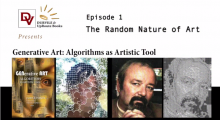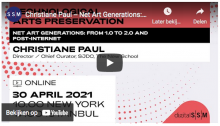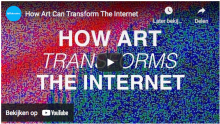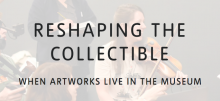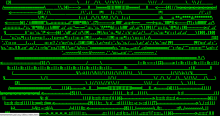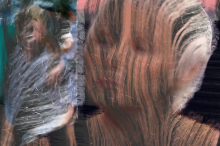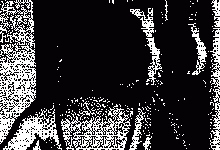Curating on the Web: The Evolution of Platforms as Spaces for Producing and Disseminating Web-Based Art
School of Media, Arts and Sciences, Srishti Institute of Art, Design and Technology, Bangalore 560064, India Published: 1 July 2019
Abstract:
By analysing a series of exhibition projects responding to central changes in web technology since its public unveiling (1991), this study identifies a historical trajectory for discussing the evolution of curating on the web. Such evolution highlights how curators have devised exhibition models that operate as platforms for not only displaying art specific to the web, but also for producing and disseminating it in a way that responds to the developments of web technology—and its socio-cultural and economic impact. With the massification of web tools, in fact, these platforms have generated distributed systems of artistic production free from the physical and conceptual limitations of the gallery and museum space. They have not only become spaces for displaying art, but also platforms that nurture its production, different modes of audience engagement and critique the canons of the institutionalised art world. Originating from the desire to reduce the historical fragmentation of this field of work and its partial mapping, this study follows a periodisation that starts from the early internet, with its BBS-enabled platforms such as ARTEX (1980), to introduce the 1990s experimentations with the web browser and the developments of projects like äda’web(1995). It then dives into the Web 2.0 when, with the platformisation of the technology, curators developed an array of approaches for adopting existing web services, as in the instances of CuratingYouTube (2007–present) and #exstrange (2017). Lastly, it outlines the trends of today’s web, which saw the birth of projects like the blockchain-enabled cointemporary (2014), to then draw conclusions about the relevance of this historical trajectory in the field of curatorial studies and the production of web-based and digital art.
Read the study.
